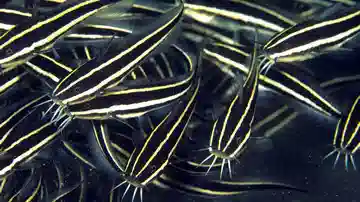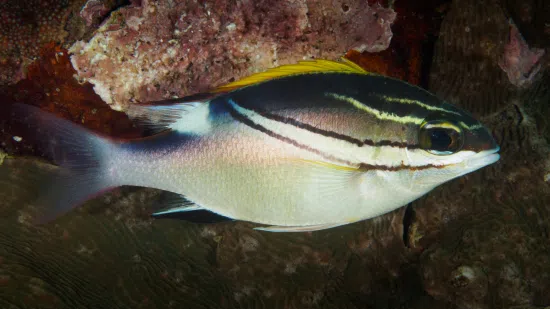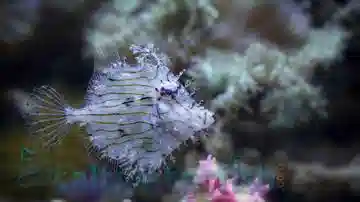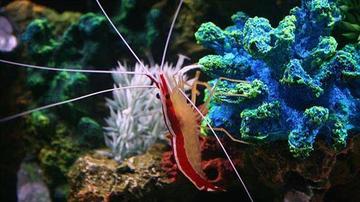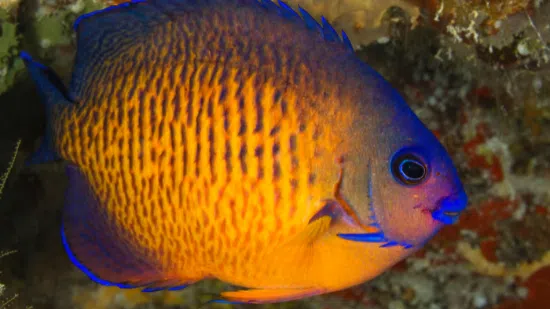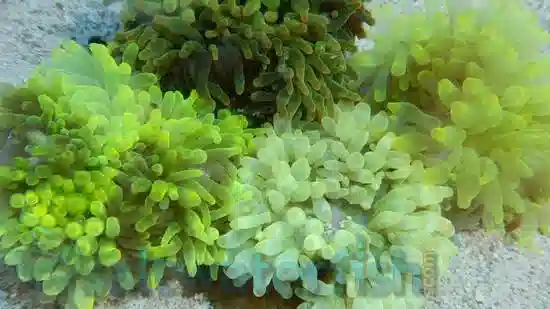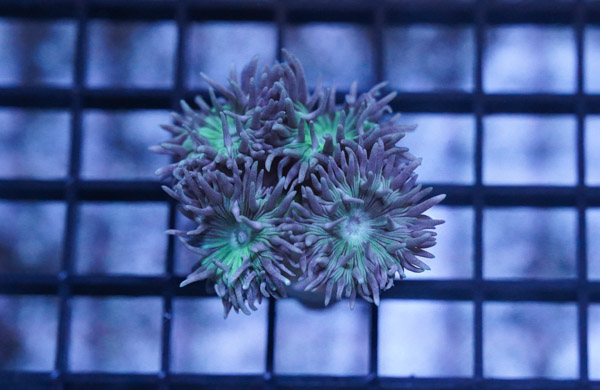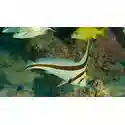Jackknife Fish
Equeus lanceolatus
(0 Reviews)
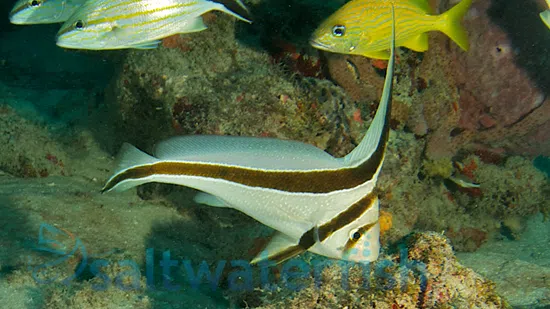
Jackknife Fish
Equeus lanceolatus
(0 Reviews)
{{ item.name }}
Size: {{ item.extra_field_3 }}
${{ getFormattedPrice(item.saleprice) }} ${{ getFormattedPrice(item.price) }}
Free Shipping
With
$199.00
or more in Marine Life.
More details...
Care Facts
| Care Level: | Moderate |
|---|---|
| Temperament: | Peaceful |
| Diet: | Carnivore |
| Reef Safe: | No |
| Minimum Tank Size: | 125 Gallons |
| Max Size: | 9 inches |
Jackknife Fish Overview
The Jackknife Fish (Equeus lanceolatus), known by various common names such as Knife Fish, Arrowhead Grouper, and Lance Grouper, is a captivating marine species that has become increasingly popular among saltwater aquarium enthusiasts. This educational product description provides comprehensive insights into keeping the Jackknife Fish in a saltwater marine aquarium.
Habitat of the Jackknife Fish
The Jackknife Fish is native to the Indo-Pacific region, inhabiting coral reefs and rocky crevices in coastal areas. It is often found in depths ranging from 15 to 100 feet, showcasing its adaptability to different environments within its natural habitat.
Reef Compatibility of the Jackknife Fish
While the Jackknife Fish can be a stunning addition to a saltwater aquarium, it is essential to note that this species is not considered reef-safe. It may tend to nip at corals and other invertebrates, making it more suitable for fish-only or FOWLR (Fish Only With Live Rock) setups.
Size and Lifespan of the Jackknife Fish
Jackknife Fish can grow up to 10 inches long, making them a medium-sized species suitable for larger aquariums. In captivity, they have an average lifespan of 10 to 15 years with proper care and a suitable environment.
Diet of the Jackknife Fish in Captivity
In captivity, the Jackknife Fish is an omnivore who prefers a varied diet. It readily accepts high-quality pellet or flake foods supplemented with frozen or live foods such as brine shrimp, mysis shrimp, and chopped seafood. Providing a diverse diet contributes to the overall health and vibrancy of the species.
Aquaculture and Availability of the Jackknife Fish
The Jackknife Fish is not extensively aquacultured, and specimens available in the aquarium trade are usually wild-caught. However, efforts are being made to promote sustainable and responsible collection practices to ensure the well-being of these fish in the wild.
Compatibility with Other Fish and Invertebrates
The Jackknife Fish has a generally peaceful temperament but can be territorial. When selecting tank mates, choosing species that can coexist peacefully and are of similar size is crucial. Avoid pairing them with overly aggressive or territorial fish. Suitable tank mates may include species like the Blue Tang, Clownfish, and Gobies.
Sexual Dimorphism of the Jackknife Fish
Sexual dimorphism in the Jackknife Fish is not readily apparent, as males and females share similar external characteristics. Distinguishing between sexes is only possible with closer examination or behavioral observations.
Juvenile to Adult Coloration Changes in the Jackknife Fish
Juvenile Jackknife Fish often display a more vibrant coloration, featuring a mix of yellow, black, and white patterns. Their coloration may become more subdued as they mature, with a dominant brown or olive hue covering their body.
Temperament of the Jackknife Fish
Known for their calm and peaceful nature, Jackknife Fish, with suitable tank mates, make excellent additions to community aquariums. However, monitoring their behavior during the initial acclimation period is essential to ensure compatibility.
Tank Requirements for the Jackknife Fish
A minimum tank size of 125 gallons is recommended to provide optimal care for the Jackknife Fish. This allows ample space for swimming and establishes territories. The aquarium should include plenty of live rock for hiding places and mimic their natural habitat.
Water Conditions for the Jackknife Fish
Maintaining stable water conditions is crucial for the well-being of the Jackknife Fish. Keep the pH levels between 8.1 and 8.4, salinity between 1.020 to 1.025, water temperature between 74°F and 78°F, and ensure moderate water flow to simulate their natural environment.
Other Common Names for the Jackknife Fish
Besides Jackknife Fish, this species is known by various names, including Arrowhead Grouper, Knife Fish, and Lance Grouper.
Five Compatible Tank Mates for the Jackknife Fish
- Blue Tang (Paracanthurus hepatus)
- Puffers (Various Species)
- Dwarf Lionfish (Dendrochirus zebra)
- Rhinopas (Rhinopias sp.)
- Emporer Angelfish (Pomacanthus imperator.)
Why Buy from Saltwaterfish.com
Saltwaterfish.com is renowned for its commitment to providing healthy and responsibly sourced marine species. When you purchase the Jackknife Fish from Saltwaterfish.com, you can trust that you are acquiring a specimen that has undergone thorough quarantine and care procedures. This ensures a smooth transition into your aquarium, reducing the risk of potential stress-related issues.
The Jackknife Fish stands out as a captivating addition to saltwater aquariums, offering enthusiasts a glimpse into the beauty of the Indo-Pacific marine environment. With proper care, suitable tank mates, and attention to water parameters, keeping this species can be a rewarding experience for both novice and experienced marine hobbyists.
Currently Jackknife Fish does not have any reviews.


